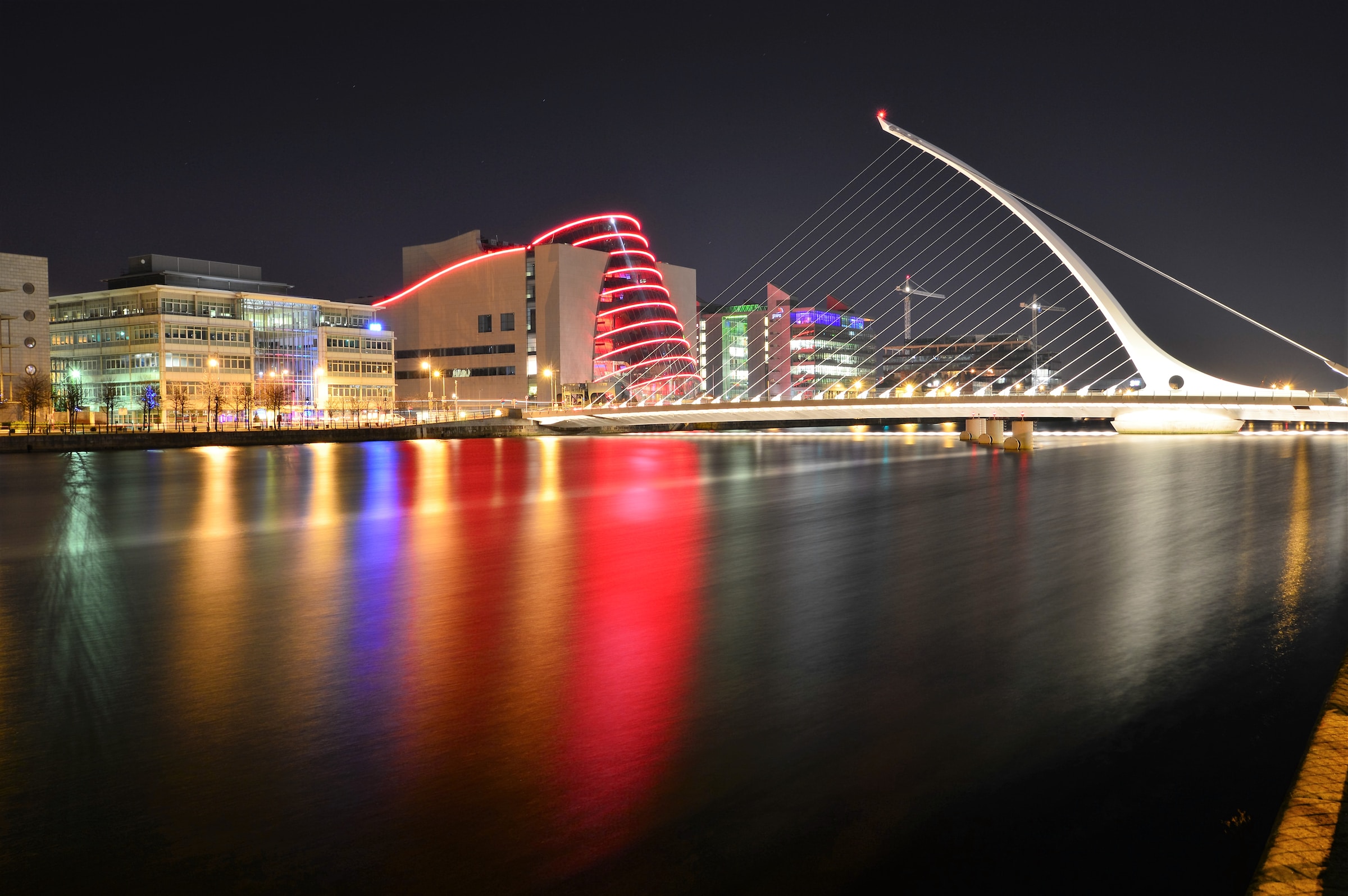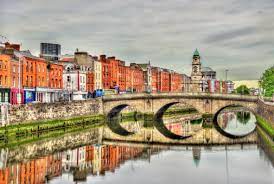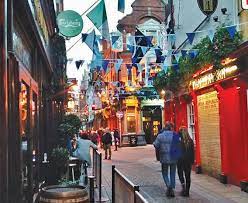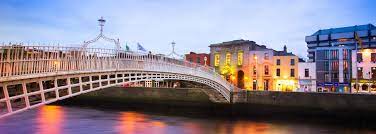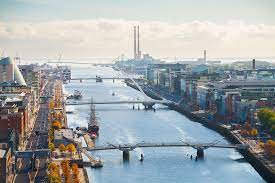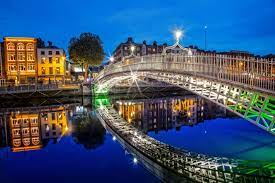Dublin, the capital city of Ireland, is a vibrant and friendly city that offers a blend of rich history, lively culture, warm hospitality, and stunning natural beauty. With its lively pub scene, historical landmarks, literary heritage, and welcoming atmosphere, Dublin has something to offer every visitor.
Dublin's history is reflected in its iconic landmarks, such as Dublin Castle, a former medieval fortress turned government complex. Trinity College Dublin, Ireland's oldest university, is renowned for its historic campus and the magnificent Book of Kells, a lavishly decorated medieval manuscript. St. Patrick's Cathedral, with its Gothic architecture, is another notable landmark and a must-visit for its beauty and historical significance.
Literature and the arts hold a special place in Dublin's identity. The city is known as the birthplace of famous writers such as James Joyce, Oscar Wilde, and Samuel Beckett. The Dublin Writers Museum and the James Joyce Centre pay homage to these literary giants and celebrate Ireland's rich literary tradition. The city's vibrant theater scene offers a range of performances, from classic plays to innovative contemporary productions.
Dublin is famous for its traditional Irish pubs, which are at the heart of the city's social life. These lively establishments not only serve a wide selection of beers, whiskeys, and traditional Irish dishes but also provide a welcoming atmosphere where locals and visitors gather to enjoy live music, storytelling, and the warmth of Irish hospitality. Temple Bar, a historic district, is particularly renowned for its bustling pub scene and vibrant nightlife.
The city's parks and green spaces provide a tranquil escape from the urban bustle. St. Stephen's Green, a beautiful Victorian park, offers lush gardens, a lake, and walking paths. The Phoenix Park, one of Europe's largest enclosed urban parks, is home to Dublin Zoo, as well as numerous walking and cycling trails.
Dublin is also a hub for cultural events and festivals. The St. Patrick's Festival, held annually around March 17th, celebrates Ireland's national holiday with colorful parades, live music, and cultural performances. The Dublin Fringe Festival showcases innovative and boundary-pushing arts and theater productions. The Dublin International Film Festival attracts cinephiles from around the world, featuring a diverse range of films and special events.
The city's culinary scene has experienced a renaissance in recent years, with a focus on locally sourced ingredients and modern Irish cuisine. From traditional Irish dishes like Irish stew and seafood chowder to international flavors, Dublin offers a variety of dining options to suit all tastes. The city's food markets, such as the Temple Bar Food Market and the Dublin Flea Market, are great places to explore local delicacies and artisanal products.
Dublin's convenient public transportation system, including buses, trams, and trains, makes it easy to navigate the city and explore its surrounding areas. The city's compact size also makes it ideal for walking and discovering its hidden gems on foot.
In summary, Dublin is a city that seamlessly blends its rich history, literary heritage, lively pub culture, and warm hospitality. Whether you're immersing yourself in its fascinating history, enjoying its vibrant arts scene, indulging in traditional Irish cuisine, or simply embracing the jovial atmosphere of its pubs, Dublin invites you to experience the magic and charm of the Emerald Isle's capital city.
